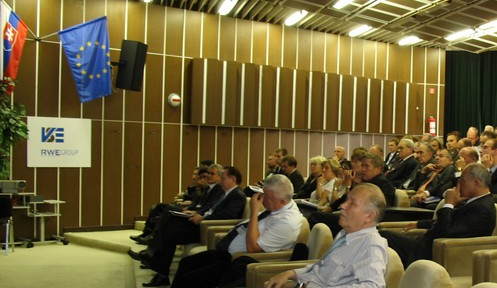|
The compliance of green hydrogen targets
Šárka Jablonská
Czech Technical University in Prague, Department of Economics, Management and Humanities
Last modified:
2022-05-31
Abstract
European countries face a significant challenge on their way to decarbonised and “Clean Energy for All Europeans”. To achieve European clean policy targets, hydrogen, has become a significant part of national strategies. According to Fit-for-55 Package, the European Commission wants 50 % of hydrogen consumed by the industry to be green by 2030. Most of the hydrogen production (96 %) comes from fossil fuels (natural gas) which is not a zero-emission process even if Carbon Capture and Storage technologies are considered. That is why a lot of interest is focused on green hydrogen, even though its research is still in an early stage. Due to the current Ukraine-Russian crisis, it is also very likely that new and more ambitious targets will be set by European Union to reduce the dependence on Russian gas. As a result, the importance of green hydrogen might increase even more. Naturally, the targets differ throughout countries. This paper aims to compare whether the green hydrogen outlook by 2030 in selected Central-European countries complies with its feasibility.
This paper consists of a quantitative analysis of national hydrogen strategies to identify the green hydrogen outlook. Since green hydrogen must be converted from renewable resources, at the same time, an analysis of RES (solar, wind) in selected Central-European countries has been performed. So far, there has been defined only one major procedure for green hydrogen generations which is electrolysis. In addition, all electricity used for the process must also come from renewable resources. Both, electrolysis and renewable resources are not of unlimited capacity, which is why this amount of renewable energy must be also considered. Based on the two mentioned renewable resources, the potential of green hydrogen production has been analysed.
The levels of hydrogen targets set until 2030 differ throughout countries as well as the sector of hydrogen consumption. However, the main sectors for this time period are industry sectors, primarily chemical (approximately 5 GW of electrolysers capacity until 2025 for selected countries) and steel industry followed by transport (40 GW of electrolysers capacity until 2030). If the hydrogen target of 10 million tonnes of renewable hydrogen per year is to be fulfilled the volumes of renewables and electrolysers need to be increased significantly. In some countries, it appears that when comparing the hydrogen consumption and hydrogen targets, there will be a need for import even until the year 2030. This leads to another subject of possible barrier and research – transmission capacities. Hydrogen cross-country transmission has not been fully developed so far. Nowadays, hydrogen is mostly transported as a blend by a natural gas pipeline. The blend usually contains up to 2 % or 5 % of hydrogen and is transported only on a national level, for example in Germany, where there is currently around 400 km of hydrogen pipeline.
|
 |
|







